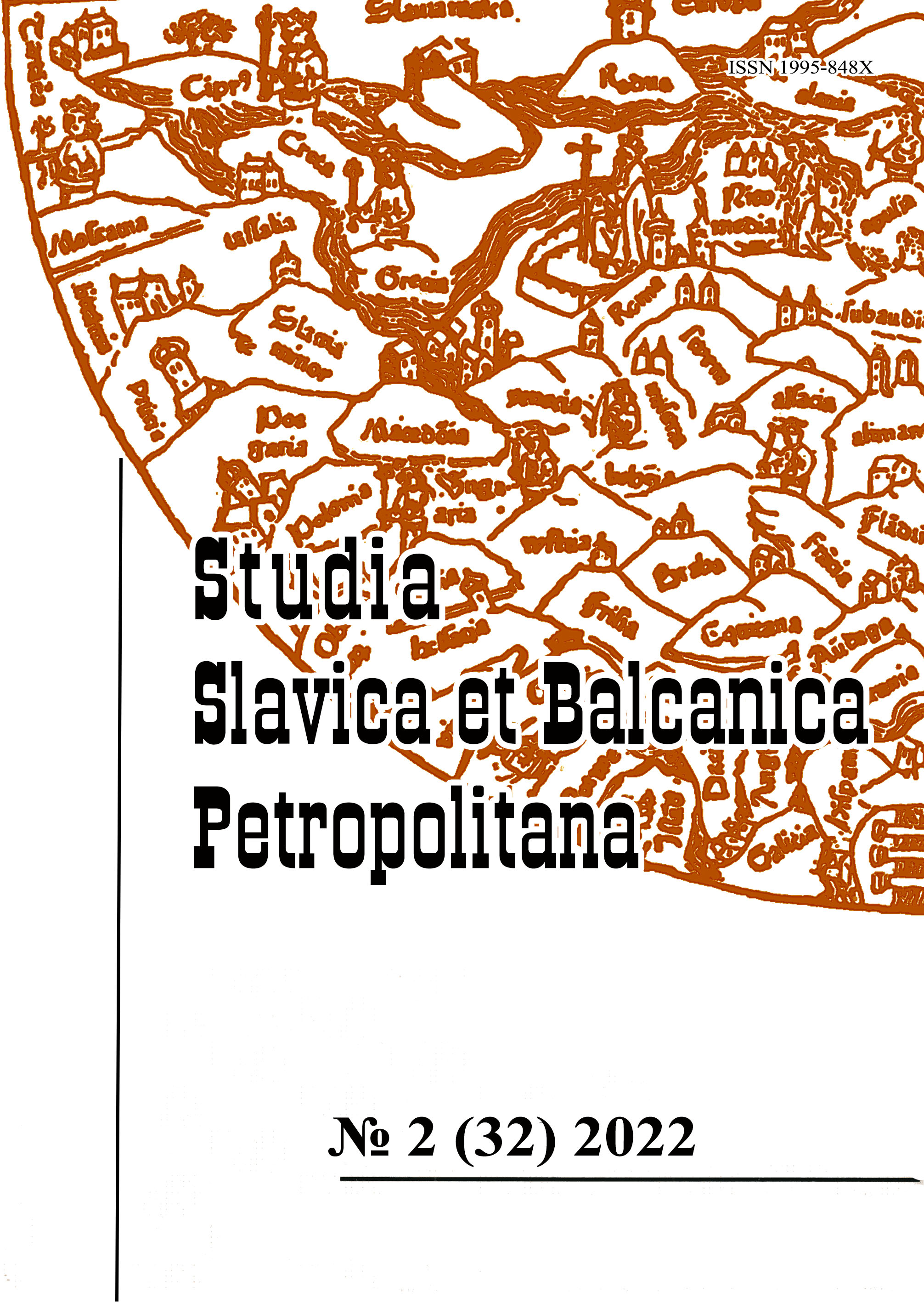Изобретая национальное: Искусство Эстонии 1880–2000-х годов
Inventing the National: The art of Estonia in the 1880s–2000s.
Author(s): Daria Olegovna MartynovaSubject(s): Fine Arts / Performing Arts, Cultural history, Visual Arts, Ethnohistory, History of ideas
Published by: Издательство Исторического факультета СПбГУ
Keywords: Estonian art; historiography of Estonian art; national romanticism; «Young Estonia»; Kristjan Raud; Mare Tralla; identity; nationalism; ethnicity; national myth;
Summary/Abstract: In the article, the author analyzes the visual strategies of the representation of the concept of «national» in the art of Estonia in the late XIXth-early XXIst century. Analyzing the socio-cultural discourses in Estonian art, the author comes to the conclusion that the initial «identity crisis» of Estonians associated with the Baltic-Scandinavian, Baltic-German and Soviet periods formed the basis of artistic strategies and practices of all Estonian art. Attempts to identify specifically Estonian features in art and culture led to the fact that artists rejected part of the historical and cultural experience of the nation: for example, at the beginning of the twentieth century, «Young Estonia» («Noor Eesti») rejected the line of «national romanticism» by Kristjan Raud, and in the 1990s, young artists (Liina Siib and Mare Tralla) denied the Soviet past, creating ironic, repulsive works on this topic. This has led to the fact that over the past twenty years, museum and curatorial strategies in the Baltic States have been aimed at actively searching for their own identity and national and ethnic identity. However, the ambivalence of the perception of the «national» is also reflected in the exhibitions of modern Estonia: asking a question about the purely «national» in Estonian art, curators get into a certain theoretical and visual dead end, since it is impossible to separate Estonian art of any period from foreign and Soviet discourses. As a result, it is difficult to identify the «specifically Estonian», «Baltic» cultural identity, that is, the national characteristics of visual images. In this regard, the concept of the so-called«national» is still acute in contemporary art in Estonia.
Journal: Петербургские славянские и балканские исследования
- Issue Year: 2022
- Issue No: 2 (32)
- Page Range: 144-159
- Page Count: 16
- Language: Russian

